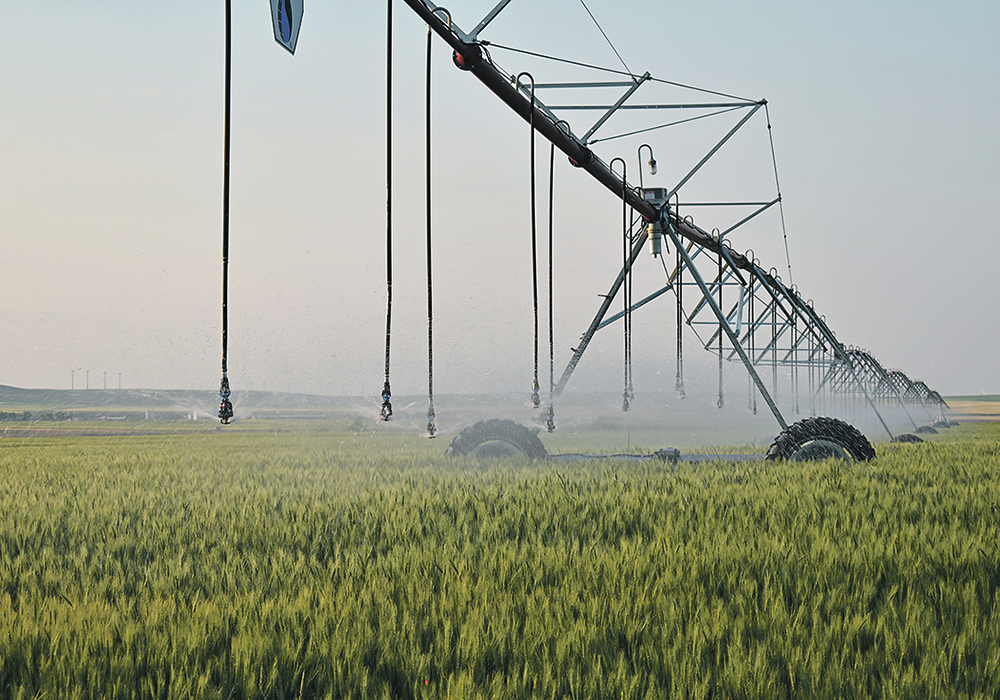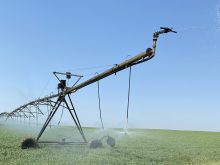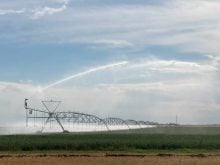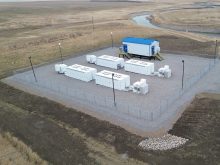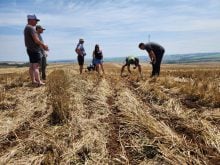St. Mary’s River Irrigation District plans to add another 80,000 acres, which is part of province’s modernization program
A recent vote at southern Alberta’s St. Mary River Irrigation District was overwhelmingly in support of adding 80,000 acres under irrigation as more than 90 percent of ratepayers who cast a ballot voted in favour of the move.
The vote is the largest so far connected to the Alberta Irrigation Modernization (AIM) program, which could see 200,000 more irrigated acres added in the southern portion of the province. SMRID’s vote will see irrigated land in the district now top 584,000 acres.
In total, nearly $1 billion is expected to be invested in southern Alberta’s irrigation systems through grants from the provincial government, as well as loans through the Canada Infrastructure Bank, which will be repaid by the participating nine irrigation districts.
Read Also
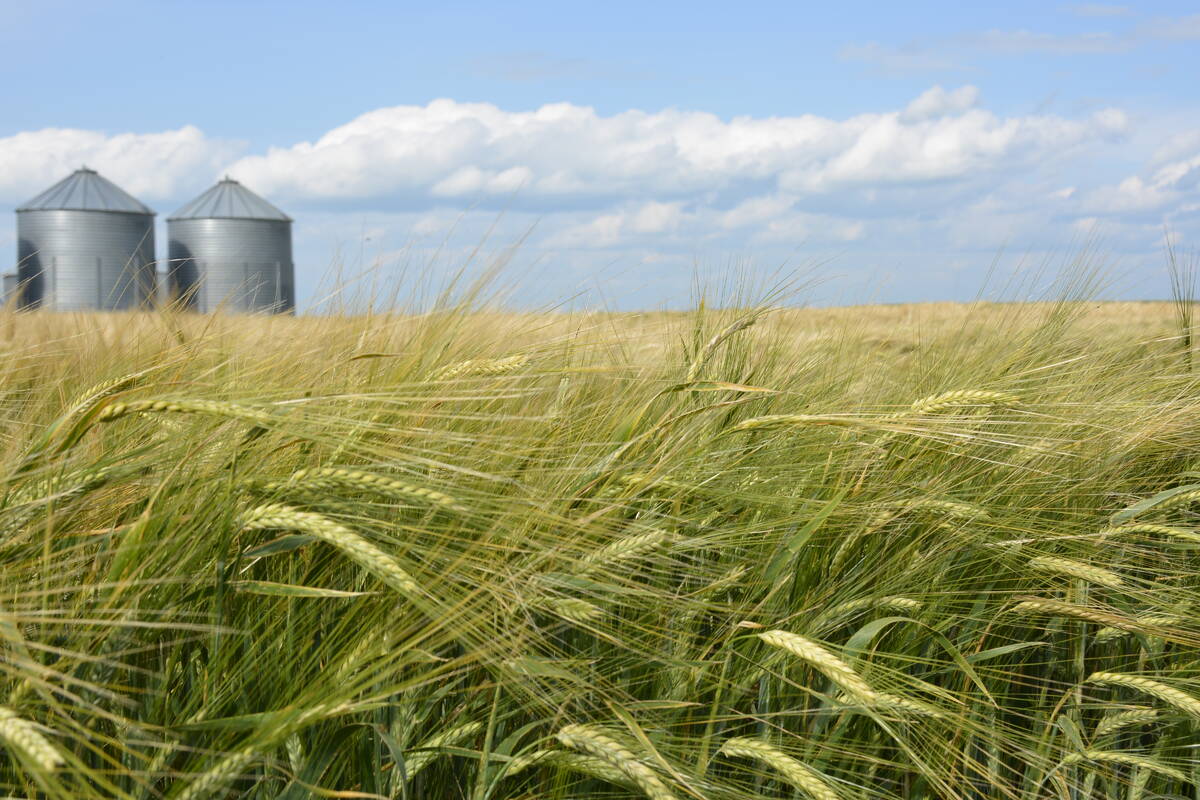
StatCan stands by its model-based crop forecast
Statistics Canada’s model-based production estimates are under scrutiny, but agency says it is confident in the results.
The expanded acres come by way of 30 modernization projects for SMRID approved under the program along with expansion of off-stream water storage at the Chin Reservoir.
Richard Phillips, chair of Irrigating Alberta — a consortium created by the irrigation districts for the modernization projects — said the vote illustrates strong support for expansion.
While improved efficiencies might not automatically turn into expanded acres in the participating irrigation districts, “it’s realistic to expect, though, that every district will have pressure from its irrigators, at least most of them, to expand from those wishing to expand,” he said. “Certainly, the government is hoping to expand. That’s why they’re funding the program.”
Southern Alberta irrigation districts currently have 60 different crops being grown by ratepayers.
Phillips said it isn’t yet clear which crops will be the prime beneficiaries of new irrigated acres.
“The crop mix can change quite significantly over the years. If a farmer grows potatoes, he’s growing potatoes as part of his mix and that’s clear,” he said. “Expanded potato acres would be dependent on expansion of the processing facilities.”
That’s something Potato Growers of Alberta executive director Terence Hochstein said could be on the horizon.
“That’s the ultimate long-term goal of our industry,” said Hochstein of expanding potato processing in southern Alberta. “But that remains to be seen.”
McCains, Cavendish and Lamb Weston all have potato processing facilities in SMRID territory, which runs from Medicine Hat to Lethbridge.
“Our plants are at capacity given what we have,” said Hochstein. “I think this now gives the processors an opportunity to look at five, 10 years down the road, what will this look like.”
But overall, he said the vote for SMRID to expand its irrigation capacity is good news.
“I think it’s a win for agriculture in general,” he said.
Phillips said the overall modernization project will help provide a stable water supply, which should be attractive to both producers and processors as much of the U.S. Western states continue to be plagued by drought.
So far, he added, the modernization program is on track to utilize the funding that will be available until 2028.
“We’ve been doing the same thing for the past 40 years and this is just a new way to fund it to, basically, accelerate the pace,” Phillips said of AIM.
As for sod-busting native prairie for cultivation to accommodate new irrigation capacity, Phillips said that is unlikely.
“We’re not even close to that. With past expansions, it’s been almost exclusively converting dryland cultivation to irrigation,” he said. “It’s a valid concern but at the same time, I would say an unfounded concern.”
The first phase of awarding expansion acres is slated to begin in the spring of 2023 using a lottery system.




